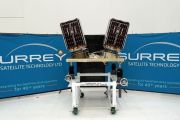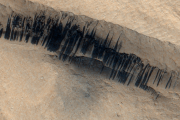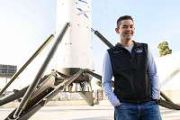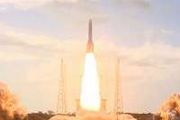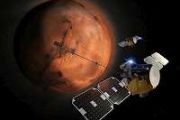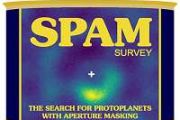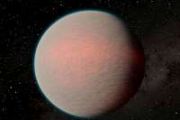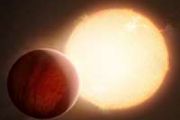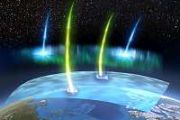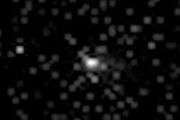
Copernical Team
Video: NASA's OSIRIS-REx celebrates perfect departure maneuver from asteroid Bennu

NASA's OSIRIS-REx spacecraft is 328,000 miles, or 528,000 kilometers, away from the asteroid Bennu, having fired its engines on May 10 to initiate a return trip to Earth. The spacecraft is on track to deliver an asteroid sample to Earth on September 24, 2023.
Mission engineers had planned to do a small thruster firing last week to ensure the spacecraft stays on the correct path back to Earth. But, the May 10 departure maneuver was calculated and executed so precisely, the mission team decided not to do a clean-up maneuver last week.
The next possible maneuver adjustment could occur in 2022.
Juice rotation in the clean room
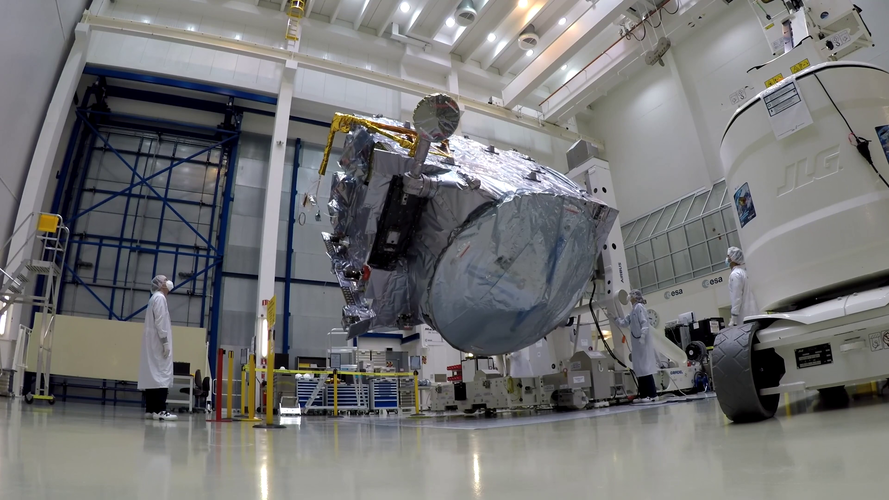 Video:
00:00:43
Video:
00:00:43
Rotating Juice in the clean room at ESA's technical heart in the Netherlands before transfer in the Large Space Simulator.
Juice will undergo environmental testing in ESTEC’s Large Space Simulator to replicate the extreme heating and cooling cycles that the spacecraft will experience on its way to Jupiter.
Once in the Jovian system the mission will spend at least three years making detailed observations of the giant gaseous planet Jupiter and its three large ocean-bearing moons: Ganymede, Callisto and Europa.
A European in space – Thomas Pesquet in May
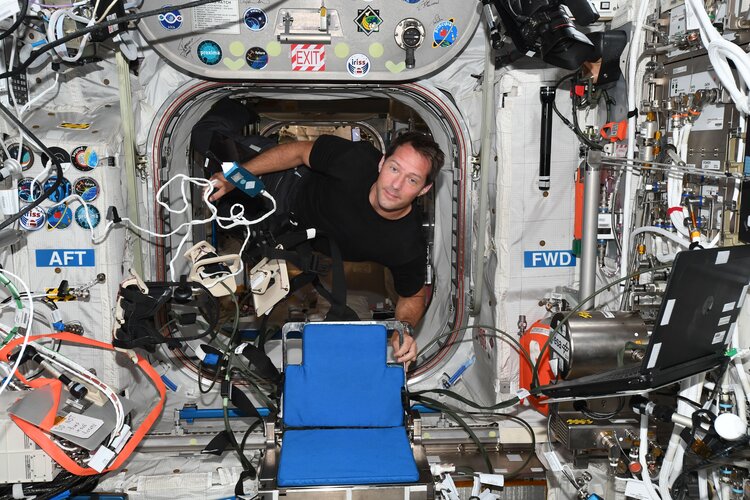
With ESA astronaut Thomas Pesquet in space for his first full month, let’s look at what he has been doing on the International Space Station in May.
Moon habitat blueprint at Venice Biennale
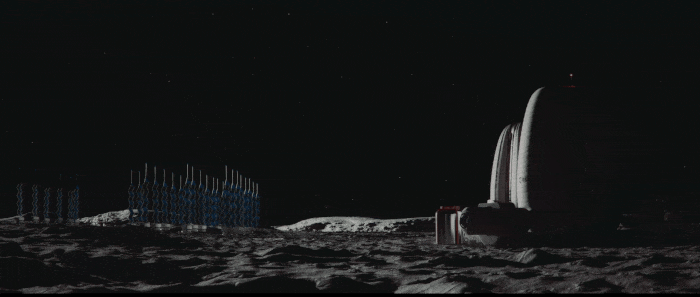
A detailed concept for a lunar habitat, created by one of the world’s leading architectural firms with ESA technical support, is currently on show at the Biennale in Venice. Skidmore, Owings & Merrill, originator of many of the world’s tallest skyscrapers, worked with ESA on a semi-inflatable habitat design which could be part of a long-term vision for an international Moon settlement.
Week in images: 31 May - 04 June 2021

Week in images: 31 May - 04 June 2021
Discover our week through the lens
Earth from Space: Warsaw, Poland

The Copernicus Sentinel-2 mission takes us over Warsaw – the capital and largest city of Poland.
United Airlines unveils plan to revive supersonic jet travel
 United Airlines announced plans Thursday to buy 15 planes from airline startup Boom Supersonic in a move that could revive the high-speed form of air travel after the Concorde was wound down in 2003.
Under the deal, United would purchase Boom's "Overture" aircraft once the planes meet "United's demanding safety, operating and sustainability requirements" with an aim to start passenger travel
United Airlines announced plans Thursday to buy 15 planes from airline startup Boom Supersonic in a move that could revive the high-speed form of air travel after the Concorde was wound down in 2003.
Under the deal, United would purchase Boom's "Overture" aircraft once the planes meet "United's demanding safety, operating and sustainability requirements" with an aim to start passenger travel No evidence mystery UFOs are alien spacecraft, report finds: NYTimes
 There is no evidence that unexplained aerial phenomena spotted in recent years by US military personnel are aliens, an upcoming government report quoted by The New York Times Thursday said, but officials still can't explain the mysterious aircraft.
The newspaper, which cited senior administration officials briefed on the findings of the highly anticipated report, said they were able to confi
There is no evidence that unexplained aerial phenomena spotted in recent years by US military personnel are aliens, an upcoming government report quoted by The New York Times Thursday said, but officials still can't explain the mysterious aircraft.
The newspaper, which cited senior administration officials briefed on the findings of the highly anticipated report, said they were able to confi One small step for cephalopods: SpaceX carrying research squids to ISS
 A SpaceX rocket took off Thursday for the International Space Station carrying supplies for scientific experiments, including some surprising passengers - squids and virtually indestructible microorganisms called tardigrades.
The rocket, leased by NASA, launched from Florida at 1:29 pm local time (1729 GMT). The Dragon capsule detached from the Falcon 9 rocket about 12 minutes after take-of
A SpaceX rocket took off Thursday for the International Space Station carrying supplies for scientific experiments, including some surprising passengers - squids and virtually indestructible microorganisms called tardigrades.
The rocket, leased by NASA, launched from Florida at 1:29 pm local time (1729 GMT). The Dragon capsule detached from the Falcon 9 rocket about 12 minutes after take-of China launches new meteorological satellite
 China sent a new meteorological satellite into planned orbit from the Xichang Satellite Launch Center in Sichuan Province on Thursday morning.
The satellite, Fengyun-4B (FY-4B), was launched by a Long March-3B rocket at 12:17 a.m. (Beijing Time). It was the 372nd flight mission of the Long March rocket series, said the launch center.
As the first of China's new-generation meteorologi
China sent a new meteorological satellite into planned orbit from the Xichang Satellite Launch Center in Sichuan Province on Thursday morning.
The satellite, Fengyun-4B (FY-4B), was launched by a Long March-3B rocket at 12:17 a.m. (Beijing Time). It was the 372nd flight mission of the Long March rocket series, said the launch center.
As the first of China's new-generation meteorologi 











